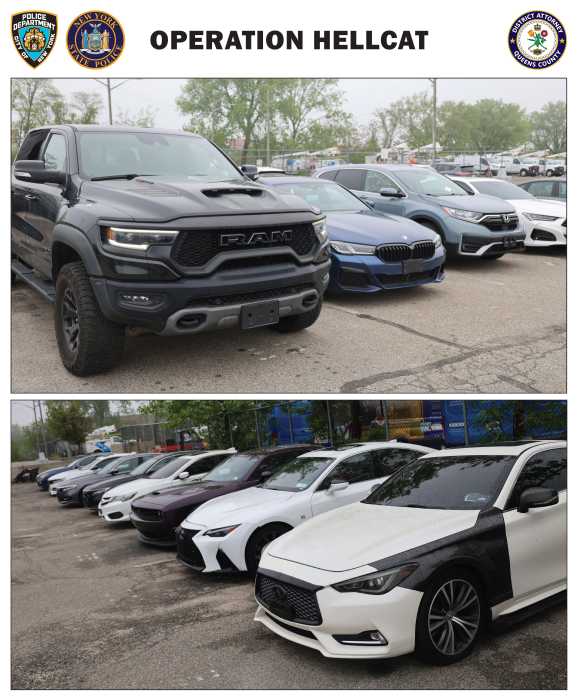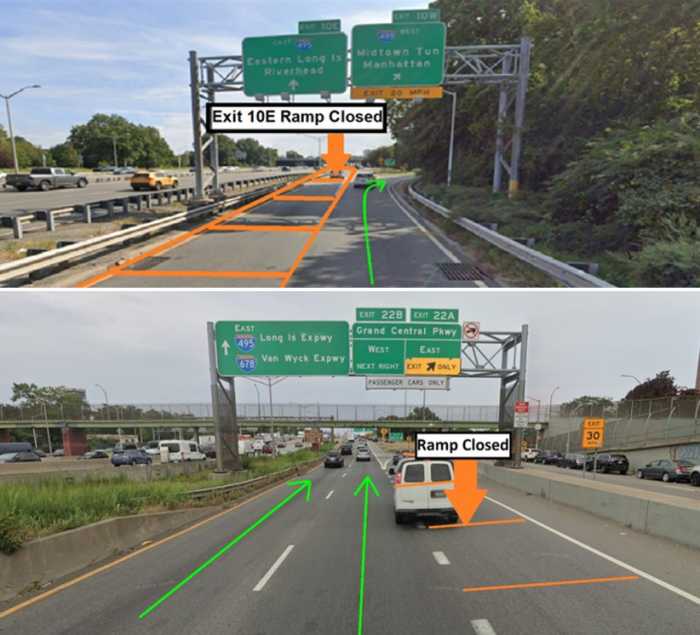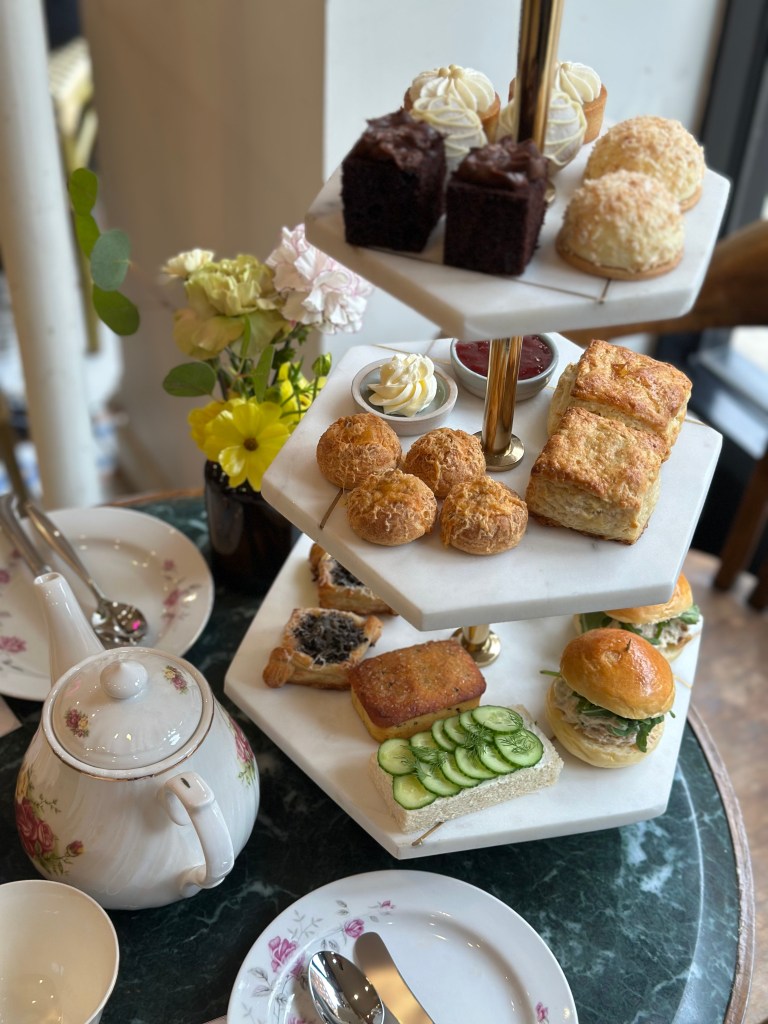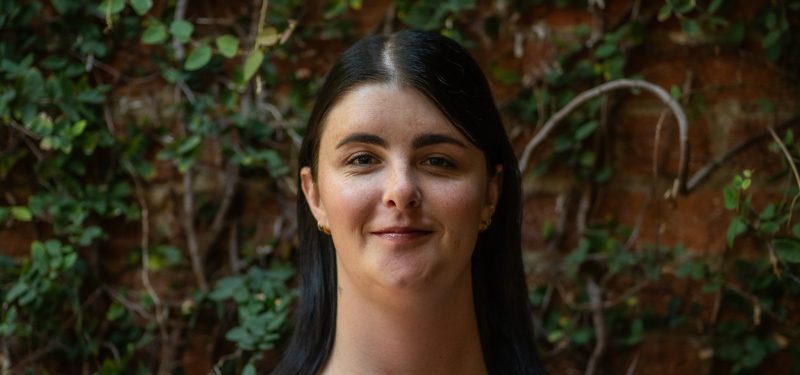By Courtney Dentch
Southeast Queens residents are wary of a city plan to reactivate wells from the Brooklyn-Queens Aquifer to help offset the impact of a looming drought because of fears the water may be contaminated.
At a citizen’s advisory committee of the Brooklyn-Queens Aquifer Feasibility Study last Thursday, community residents, groups and elected officials met with representatives from the Department of Environmental Protection to discuss a water testing project. It includes a cleanup of the West Side Corp., where dry cleaning chemicals were stored and contaminated the well.
But the main concern was a city plan to reactivate several wells from the Jamaica Water Supply system to ease the forecasted drought. Some of the wells in southeast Queens were closed due to contamination, and residents are worried industrial chemicals, like Methyl tert-butyl ether, known as MTBE, or perchloroethylene, known as PERC, may still be present.
The DEP plans to test the water at each of the wells before introducing it into the city’s supply, said Donald Cohen, a project coordinator for DEP consultant Malcolm Pirnie Inc. In addition, the wells will be fitted with charcoal filters, which use carbon particles to soak up the contaminants, he said.
The reactivation of the wells, which is a separate issue from the testing project, is aimed at easing the feared drought, said Roman Kensy of the DEP. Upstate reservoirs, which currently feed the water supply, are at about half of the usual 80 percent capacity for this time of year, he said.
Reactivating the wells in southeast Queens could supply an additional 50 million gallons a day to the city’s water, Kensy said.
The 36 wells that would be reactivated were part of the private Jamaica Water Supply system, which the city bought in the 1990s, Cohen said. Most of the wells were closed when the city bought them, and contrary to community concern, many were not shut down due to contamination, he said.
“Many of the wells were left to sit idle because the Jamaica Water Supply didn’t want to put the capital into them,” Cohen said. “The improvements that were needed were never done. That’s how the city bought them.”
Cohen said the DEP has separated the wells slated for reactivation into four categories, depending on their status. About 13 wells have been cleared for use and are already contributing to the water supply, Cohen said.
Among the remaining 23, three are close to being put on line, and the DEP is waiting for clearance from the Department of Health, Kensy said. Nine require minor upgrades or mechanical work and 11 need new equipment, Cohen said.
The wells, depending on the category into which they fall, are three weeks to three months away from being ready to start supplying water, Kensy said. This does not mean, however, that they will automatically be used, he added.
There is still concern chemical contaminants will be left in the water, said City Councilman James Gennaro (D-Jamaica).
“I don’t see why the people of southeast Queens need to be saddled with this contaminated water,” said Gennaro, who is also the chairman of the City Council’s environmental committee.
The DEP assured the Citizens’ Advisory Committee that it is checking to ensure the water is clean. The reactivated wells would use charcoal filters to eliminate any contaminants, Cohen said. Each well will have two filters, the first to remove the bulk of any contaminants and the second to refine the water, said Nichole Brown, of Malcolm Pirnie.
But these filters were not the first choice of the DEP, Cohen said. The agency would prefer to use membrane filters rather than the carbon ones, since the carbon needs to be replaced and the membrane ones do not.
“We’re using the most effective treatment we can get in the shortest amount of time,” Cohen said.
But that is not good enough, Gennaro said.
“That means that the only thing between the contaminated water and the people of southeast Queens drinking the water is the filter,” he said.
The DEP is committed to ensuring the water is safe to drink, Kensy said.
“We do not intend to give the community water that is not acceptable for human consumption or does not meet DOH’s standards,” he said.
But the agency’s word may not be sufficient, said Jamaica resident and water activist Linda Caleb Hazel.
“We have been sold down the river by the DOH in the past,” she said. “We have such a bad taste in our mouths in southeast Queens,” referring to similar promises made by Jamaica Water Supply.
State Assemblyman William Scarborough (D-St. Albans), who attended last week’s meeting, urged the DEP to communicate with residents before taking action.
“We have talked about the skepticism people have when they see that you want to open one well,” he said. “The people I’ve been talking to are absolutely appalled that DEP is set to open these wells.”
The reactivation of the wells to ease the drought would be completely separate from the project testing the quality of water from Stations 6 and Station 24, adjacent to the West Side Corp. factory site. The study also includes plans to repair and clean the two wells.
Reach reporter Courtney Dentch at 229-0300, Ext. 138, or by e-mail at Timesledger@aol.com.


































